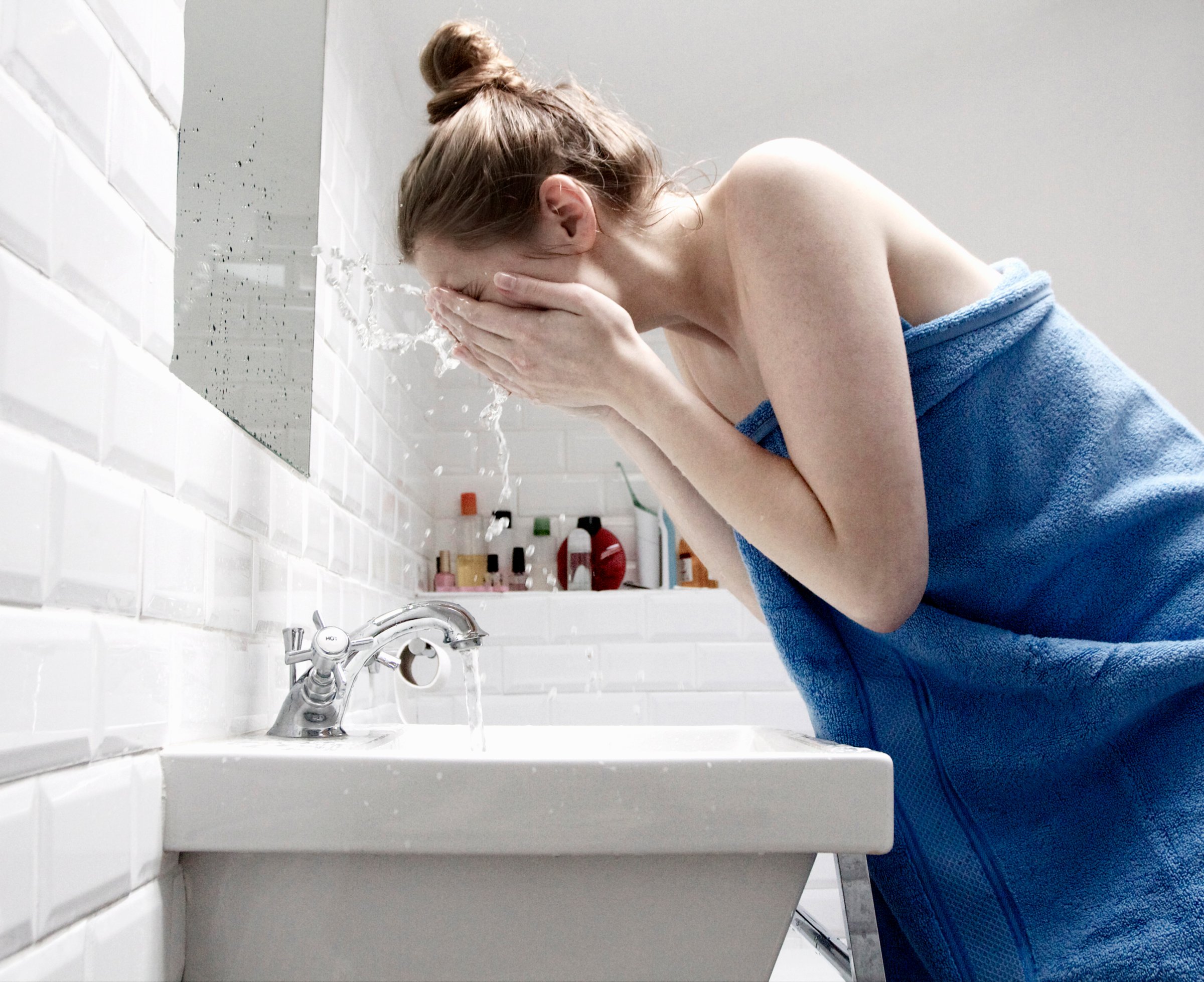
If you thought clear skin would be a given once you said goodbye to your teen years, your hormones still rage with your monthly cycle. The flux in testosterone around ovulation and progesterone right before the start of your period can result in those stubborn, soul-crushing cystic pimples that fester on your cheeks, chin, and jawline. “Most women with hormonal acne have perfectly normal levels of hormones,” explains N.Y.C-based dermatologist Dr. Cybele Fishman. “But blood measurement of hormones does not really explain what is going on at the level of the skin. I think with hormonal acne, either the skin level of the testosterone is too high (not measured by blood) or the skin is too sensitive to the testosterone.”
As if the actual breakouts aren’t annoying enough, because these blemishes are deeper in the skin, traditional topical remedies with common acne-fighting ingredients such as benzoyl peroxide, salicylic acid, and retinoids don’t penetrate deep enough to treat them. To make matters worse, some of these products can also be extremely irritating, which can exacerbate the whole situation.
RELATED: This is Why Your Skin Breaks Out Right Before Your Period
Another reason why these medicines might not work is because they’re not treating the larger problem at hand: a hormone imbalance. “Many acne medicines, including most topicals and oral antibiotics are really not treating the issue, which is too much testosterone activity in the skin,” says Dr. Fishman.
While taking an oral prescription like Spironolactone can be an effective way to minimize hormonal acne, if you don’t want to risk the potential side effects that come with this treatment route, there are some natural practices you can adopt to keep hormonal breakouts under control. We turned to Dr. Fishman to find out what they are.
Add a supplement
Since most topical creams and spot treatments don’t reach deep in the skin where the cystic pimple forms, they don’t deliver results. Instead, Dr. Fishman recommends regularly taking a supplement like Diindoylymethane (DIM) or Vitex (Chasteberry), which will help cut the excess testosterone affecting skin. However, these plant-based supplements aren’t a foolproof solution. Dr. Fishman says it’s a matter of trial-and-error, where they help a lot of patients, but some not at all.
RELATED: 5 Tips for Treating Hormonal Acne
Cut down inflammation
Easier said than done, but Dr. Fishman says it’s important to be the most uninflamed person you could be. So, just how do you do this? Clocking in enough sleep, a balanced diet, and acupuncture are all great places to start.
Swap out cow milk
“Even if you get organic [cow milk], it has growth hormones in meant for the calf that can exacerbate hormonal acne,” says Dr. Fishman. “If you do drink cow milk, opt for full fat.”
Don’t worry: your other beloved dairy products like cheese and yogurt are safe. “Cheese and yogurt are different because they’re fermented. I usually don’t tell people to cut those out,” she says. Like all things delicious in life, it’s best to indulge in moderation.
Minimize your processed sugar intake
Processed sugar has a domino effect on your body. “Too much leads to a cascade of events in your body,” explains Dr. Fishman. “First, there’s an increase in insulin, then an increase in an insulin-like growth factor that can exacerbate hormonal acne.”
This article originally appeared on InStyle.com
More Must-Reads from TIME
- L.A. Fires Show Reality of 1.5°C of Warming
- Home Losses From L.A. Fires Hasten ‘An Uninsurable Future’
- The Women Refusing to Participate in Trump’s Economy
- Bad Bunny On Heartbreak and New Album
- How to Dress Warmly for Cold Weather
- We’re Lucky to Have Been Alive in the Age of David Lynch
- The Motivational Trick That Makes You Exercise Harder
- Column: No One Won The War in Gaza
Contact us at letters@time.com



